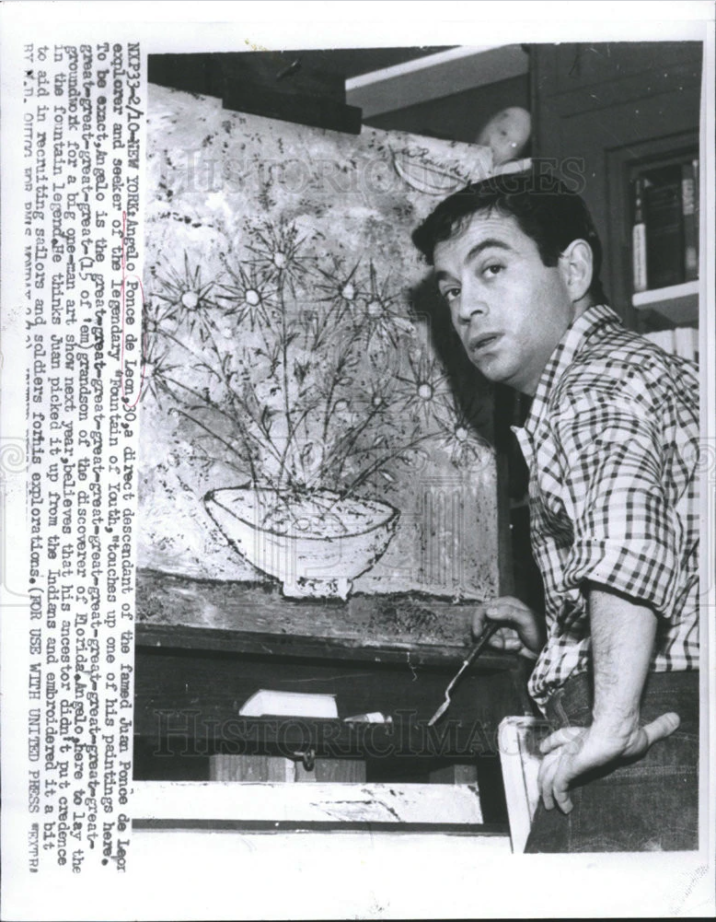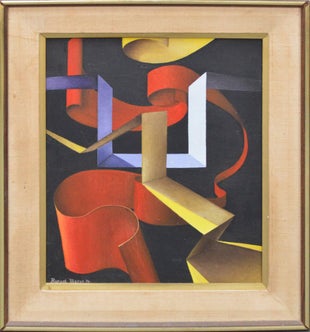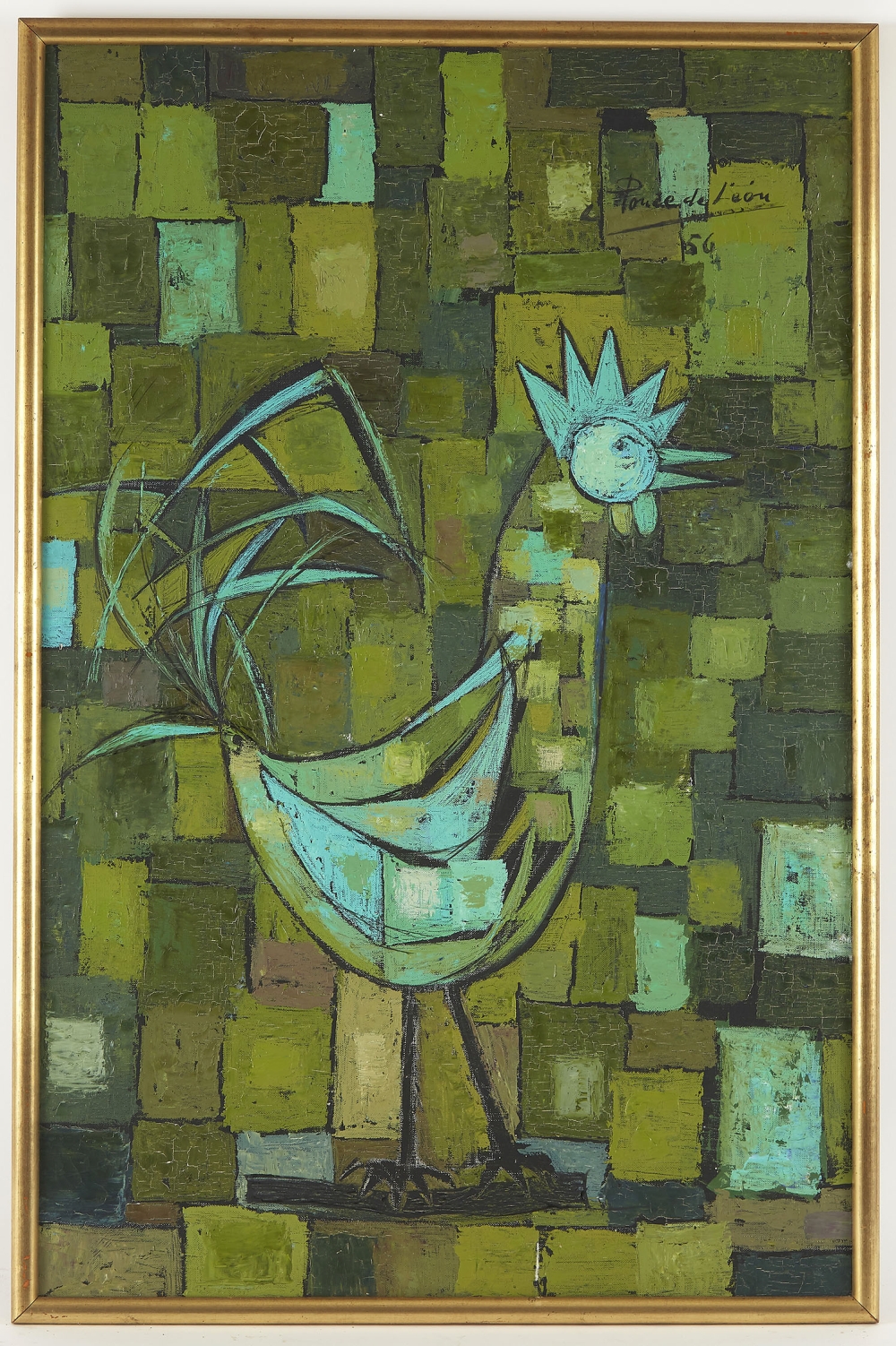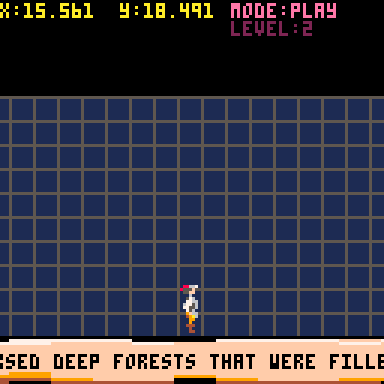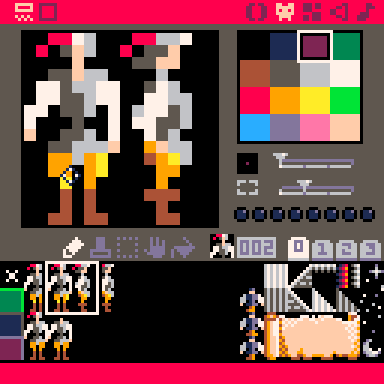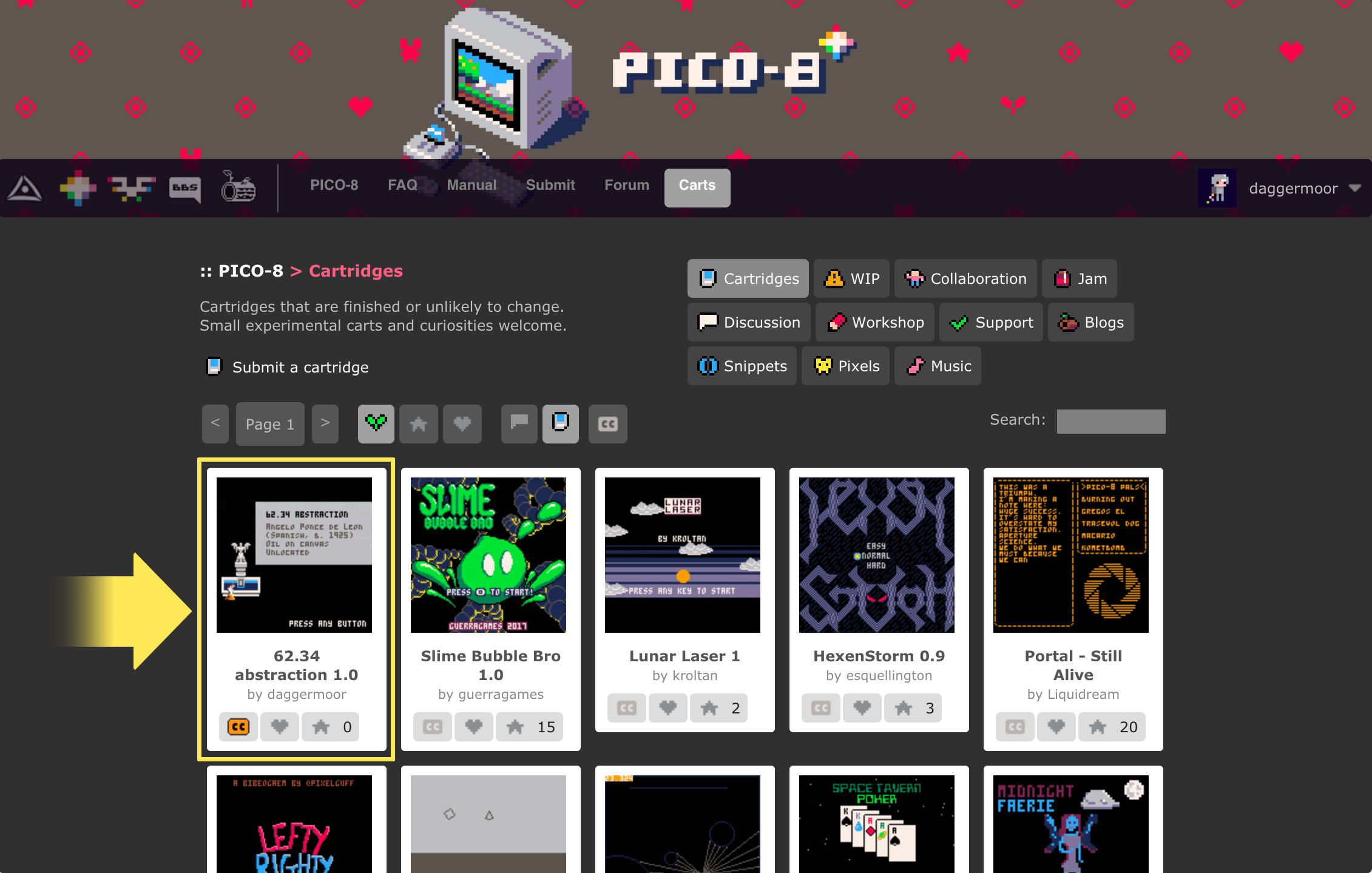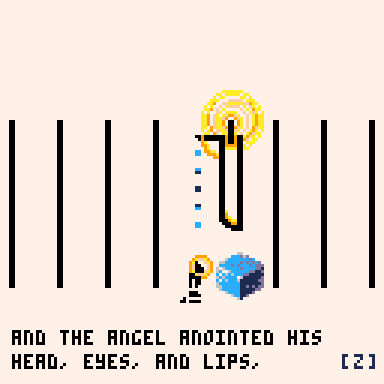Full-stack design | 62.34 Abstraction
Delivering the full UX: visual designs, graphical assets and UI, plus writing content and code
Role
- Designer, writer, and artist (end-to-end)
Scope
- Wrote the story/text
- Designed the game flow and narrative
- Created all graphics (sprites, backgrounds, animations)
- Wrote the code
Project Duration
- 3 weeks
Tools
- Lua
- PICO-8 fantasy console environment
- Atom
Background
The Williams College Museum of Art is a prestigious college museum with over 15,000 objects in its collection, and over time it turns out that objects sometimes go missing. They might be misfiled or stored out of place; or they could have “walked,” with someone borrowing an object without returning it. Depending on the object and medium, it may have literally crumbled to dust and no one noticed. When this status is discovered the objects are reclassified as “Unlocated”. In 2017, WCMA decided to do a series of shows, gallery talks, and other public exhibitions on different aspects of the museum’s catalog, archive, and role as a conservator of history and culture.
The challenge
The Williams College Museum of Art asked me to tell a story about a work of art that had been classified “Unlocated,” with only a four-line catalog entry to hint at what the original object might have been.
The solution
I created a short, narrative video game that told a story that both arose from, and filled the spaces in between and around, the catalog’s sparse description. This game was played publicly for an audience at the museum and then released publicly on the internet, where it remains accessible to all.
Research
For my “Unlocated” object, all that was available to work from was this catalog entry:
62.34 Abstraction
Angelo Ponce de Leon (Spanish, b. 1925)
Oil on canvas
Unlocated
I began by conducting research into the artist, his paintings, and general artistic style.
Certain qualities of his paintings reminded me of the trend for retro-styled video games we were seeing in 2017: the large blocks of color evoked low-poly games, while the grids of squares and general rectilinearity found elsewhere felt like old 8-bit graphics. The idea of a creative response in the form of a game was also appealing from the standpoint of the product echoing its own process of creation: just as I was forced, by the scarcity of information, to drive my own artistic reimagining of Angelo Ponce de Leon’s painting Abstraction forward, so too could the player/reader choose their own journey (or elements of it) and feel some sense of involvement and embodiment in the resulting story just from the physical contact with the keyboard exerting control over the pace of the narrative.
Sketches, writing, and development
To come up with the narrative I wrote a free-response text arising from the idea of including as much of the text of the catalog entry as possible, while also writing the story in between and around those words. The artist’s name, Angelo Ponce de Leon, becomes our two main characters: the conquistador and explorer Ponce de Leon, and the Angel he ultimately encounters in his quest for the Fountain of Youth. “Abstraction,” “oil on canvas,” and “Unlocated” also found their way into the conversation between these two characters, while the rest of the story just spun itself into being along the way:
When Ponce de Leon finally found the Fountain of Youth, it was after decades of pondering that which he sought. He had travelled many strange lands, under many strange moons; crossed oceans and grasslands that were cold, windswept, and dark. He had traversed deep forests filled with eyes, watching. The longer he looked, the more meaning he found. Hidden clues and secret patterns; the symbolism in a branch’s crook, the code of its relation to the curve of the river below. Moving forward he gazed increasingly back; meaning presented itself as he travelled away from it. Complexity simplified in the haze of distance, distilling itself into positive- and negative spaces that could be read like type on onionskin.
In the last forest he came upon, forgetful of how he arrived, he saw the fountain.
An angel hovered above its surface like a sculpture.
“Is this the fountain that I seek? Is this the Fountain of Youth?”
“Youth is an abstraction,” intoned the Angel, the words emanating in blackletter from the inlaid gold encircling its head.
“As am I,” responded Ponce de Leon,
And the Angel anointed his head,
eyes,
and lips,
the liquid
drawn from the fountain dripping
like oil onto the canvas
of his pants as he knelt
in the dust at the end
of the world, at the end
of journeys.
Where all his accumulated experiences
found their simplest expression.
Raw form.
Pure symbol.
The fountain would have to remain:
Unlocated.
Opting for a retro “fantasy console”
PICO-8 is an 8-bit virtual machine and game engine that models itself on the minimalist limitations of video games and gaming consoles of the 1980s, like the original Nintendo Entertainment System (NES), the Sega Master System, and the Atari 7800. It includes a code editor that uses the Lua programming language, sprite and map creation tools, and an editor for music and sound effects.
The system is intentionally limited in almost every aspect (a 128x128 pixel display using only 16 colors, and 4-channel audio) both for the sake of nostalgia and to prompt creativity and cleverness on the part of developers in how to make the most of the limited resources. The limited scope of PICO-8 also makes it a brilliant platform for learning about both game design and programming in general.
Conclusion
The live playthrough of the game was shown projected to an audience in the museum, with a simultaneous reading of its text. Later that year, 62.34 Abstraction was nominated by the community of PICO-8 developers and players for a P8 Award in the “Novella” category (games that tell an exceptional story.)
You can play the full game (it takes about 5 minutes) in your browser on this page, or at https://www.lexaloffle.com/bbs/?tid=29865
Use arrow keys to move, and other keys as indicated.
Final design
Reflections on project
As designers we are constantly told that "less is more"; than no matter how good our design might be, it would be better if there were less of it; and the best design is the one you never notice. I have a very fraught relationship with these ideas. They strike me as truisms which, because they are correct in certain circumstances, get universalized and overapplied.
In Abstraction 62.34 I wanted to tell a story about the clarity of vision that can result from stripping something down to its essence and remaking it anew. The act of distillation can be revelatory to the point of communion with the divine. But I am most interested in how this distillation then provides the fuel for a glorious fire of imaginative abstraction that sends the idea back out into the world in a transfigured form. This ongoing cycle transcends fleeting temporal ideas of style or aesthetics; neither distillation nor abstraction mandates results that are spare or minimalist, functional or flat. A Gothic cathedral—hardly the paragon of spartan architecture—can be seen as an abstraction of a gesture: kneeling in humility before the divine while casting your eyes and hands upwards, stretching towards the city of God.
Last pie baked:
Mincemeat pie with lard + butter pastry.
It's gone now.
©2024 David Gürçay-Morris


